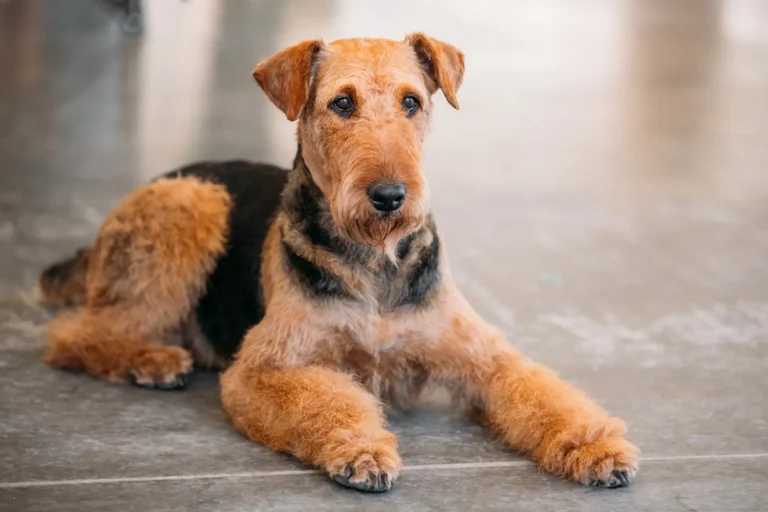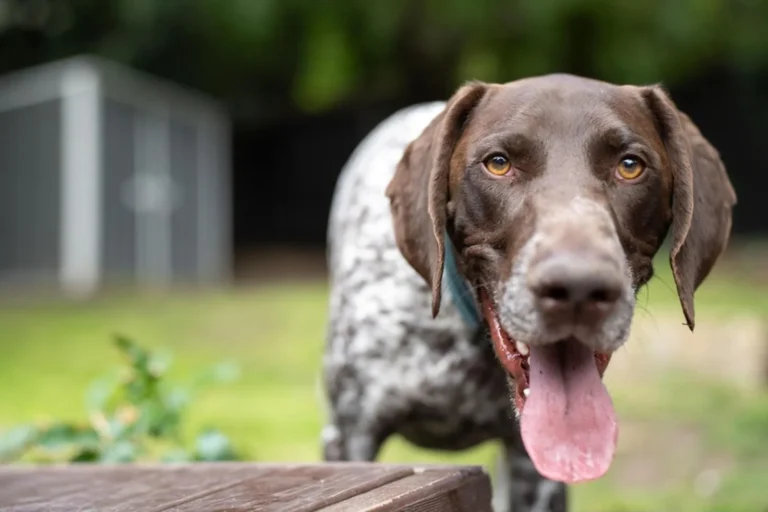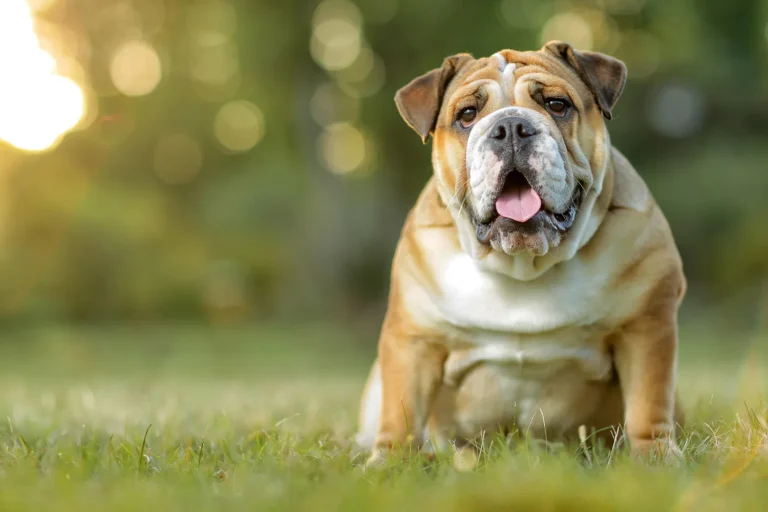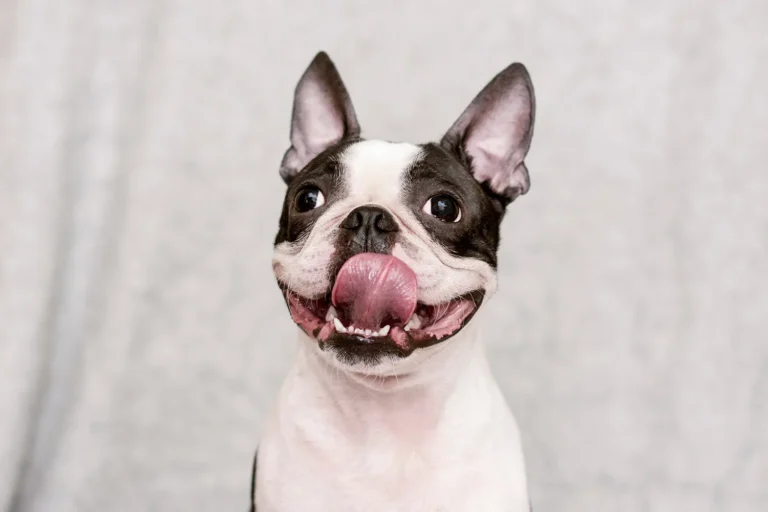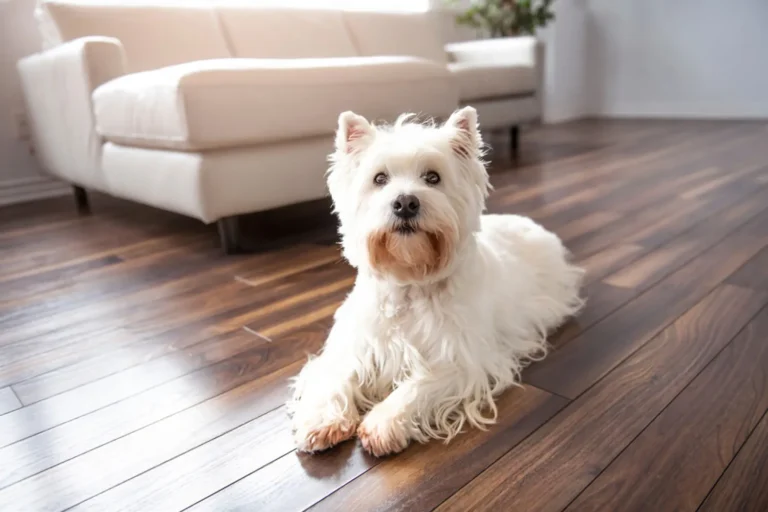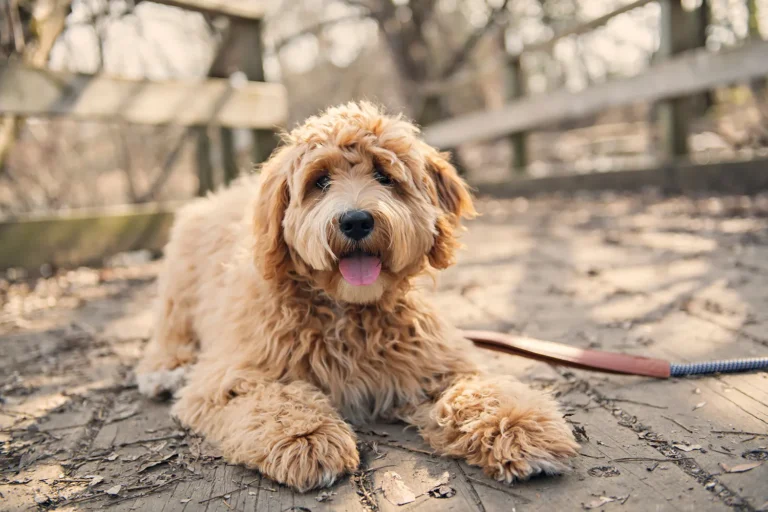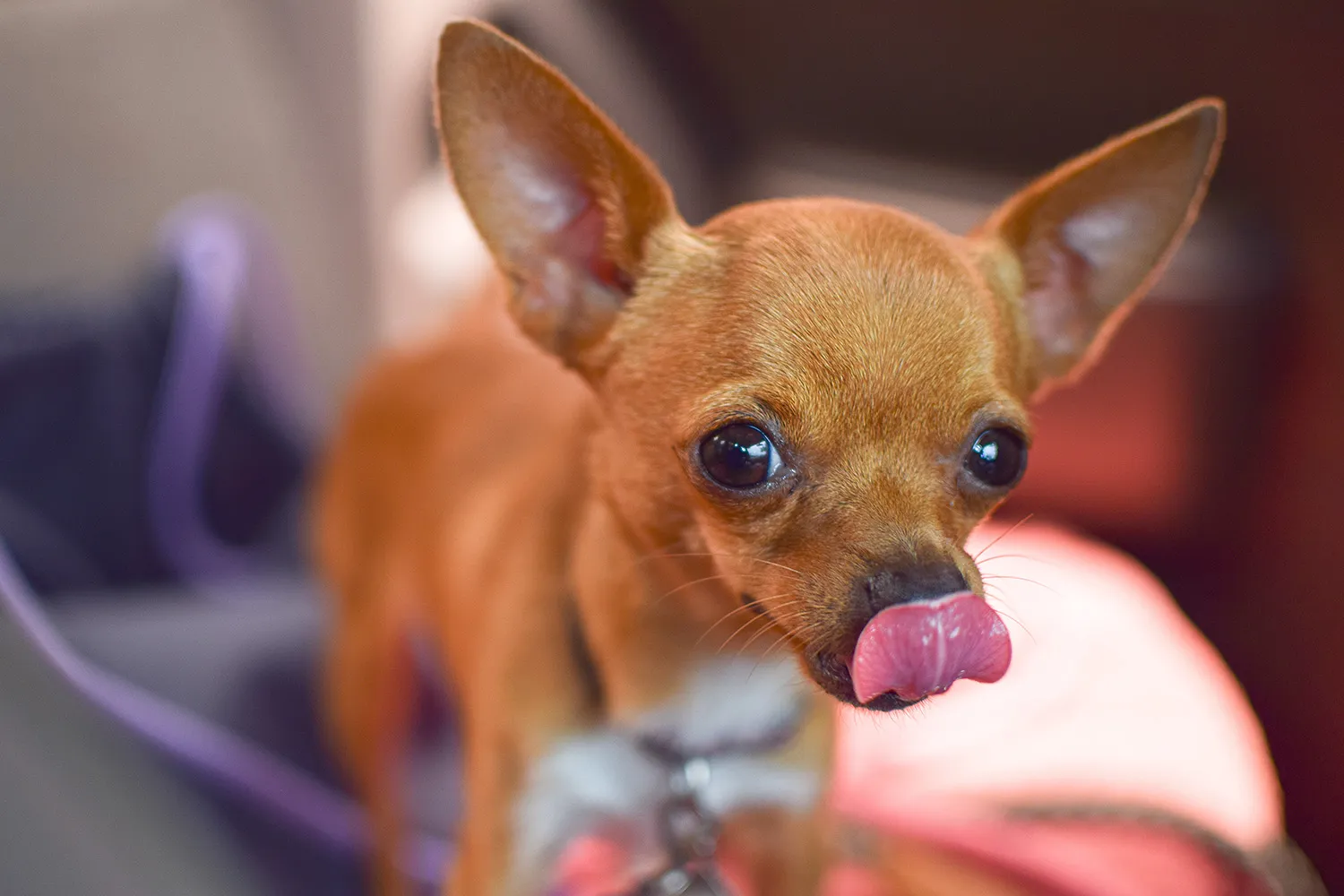
What Is the Chihuahua Breed?
Chihuahuas may be small enough to tuck under your arm, but wow, do they come with a full size personality. I’ve met more than a few who think they’re in charge of the living room and honestly, it’s part of their charm. My neighbor’s Chihuahua, Pepper, used to greet me like a tiny bouncer, all bark and swagger, and then five minutes later he’d be snoring under my cardigan. Once they decide you’re part of their circle, they’re affectionate, loyal little shadows who love warm laps, cozy blankets, and sunny windowsills.
You might hear about “Small Dog Syndrome” or that Chihuahuas can be short tempered with strangers. In my experience, that’s usually a mix of nerves and habits, not destiny. Early socialization, lots of positive reinforcement, and clear (but gentle) boundaries make a big difference. I always let new visitors offer a treat and let the dog approach on their own terms. Keep greetings low key, reward calm behavior, and don’t be afraid to say “down, please” if they try to be the tiny ruler of the couch. Give them structure and love, and you’ll get a confident, cuddly companion with a hilarious little attitude.
What Is the History and Origin of the Chihuahua?
These tiny dynamos trace their roots straight to Mexico, taking their name from the state of Chihuahua. The American Kennel Club officially recognized them in 1904, but their story runs much deeper. Many historians believe today’s Chihuahua descends from the Techichi, a small, companion dog cherished by the Toltec civilization possibly as early as the 9th century. You can even spot little dog figures in ancient pottery and carvings. I remember standing in the National Museum of Anthropology in Mexico City, staring at a clay dog statue and thinking, “Somewhere in that lineage is the spark that became the Chihuahua.”
As centuries rolled on and empires shifted, small native dogs persisted in villages across northern Mexico. By the late 1800s, travelers and traders brought these charming, pocket sized companions into the United States, and the breed took on the name of the region where many were found. A shopkeeper in Chihuahua once corrected my pronunciation “chee WAH wah,” with a grin and told me locals are proud of their tiny ambassadors. Once the AKC recognized the breed in 1904, Chihuahuas began to capture hearts in show rings and living rooms alike, and later pop culture only boosted their fame.
If you share your couch with a Chihuahua, you’re living with a piece of ancient history. I always treat that big personality like a heritage item: socialize gently, keep a cozy sweater handy for chilly days, and give them a sunny windowsill to survey their kingdom. A little respect for their past seems to bring out the very best in them.
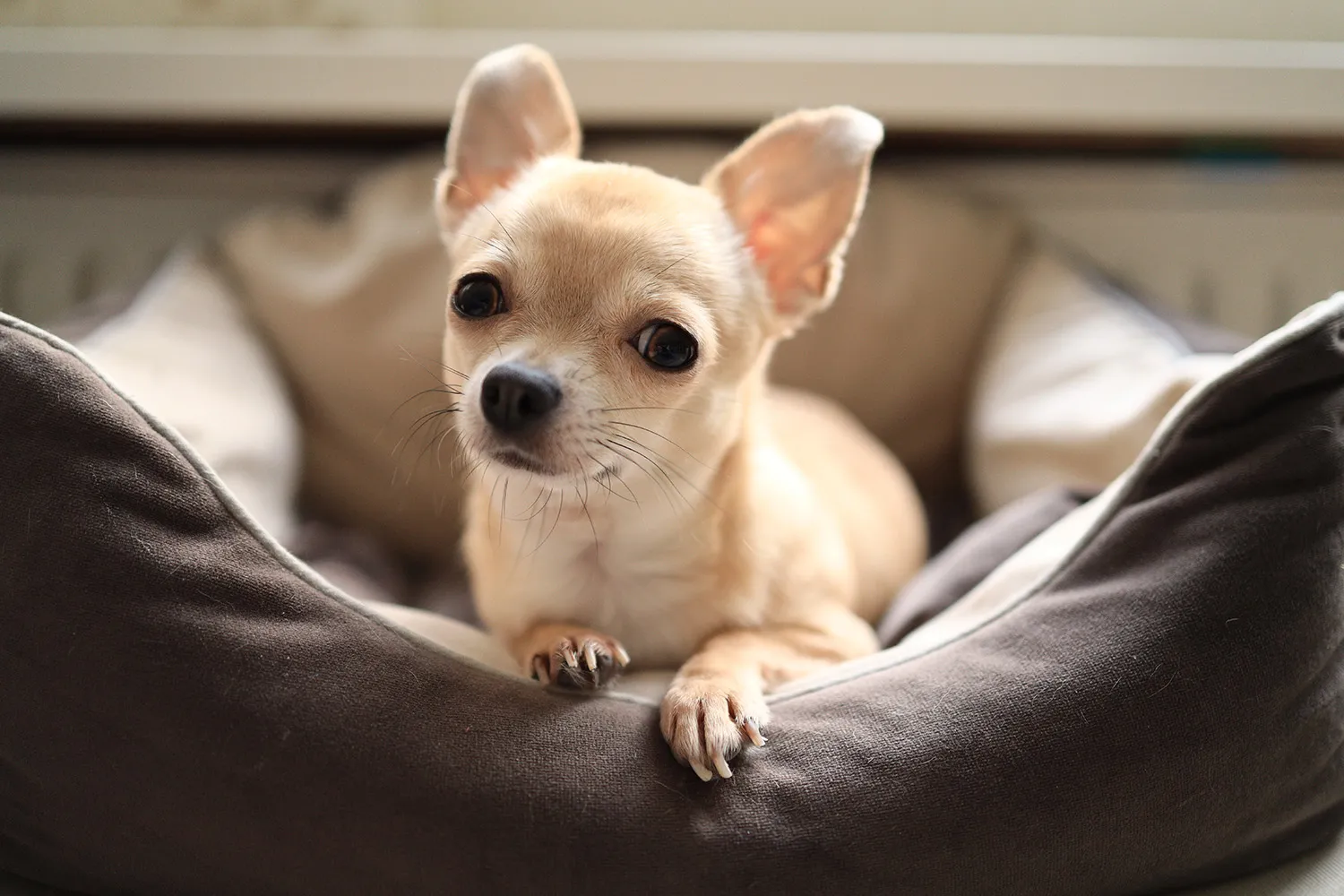
Those pointed ears, that tiny body, and those huge, melting eyes you can spot a Chihuahua from across the park. They may be the smallest breed in the world, but nobody told them that. Every Chihuahua I’ve met has walked like a celebrity on a red carpet, strutting along with the confidence of a dog ten times their size and somehow fitting an entire attitude into a pocket sized frame.
Most people picture the short haired Chihuahua first. Their coat is fine and smooth more like satin than fluff and yes, it can make them look like they’d get chilly on a breezy day. I keep a spare sweater in my car just for my friend’s Chi; one gust of wind and she’s ready to burrow inside it like a little burrito. But Chihuahuas also come in a long haired variety. Those dogs are all softness and feathering, with wispy fringes on the ears and a plumed tail that waves like a tiny banner. Grooming is pretty simple: a quick brush to keep things tidy and they’re good to go.
Within both coat types, you’ll see two body styles: deer head and apple head. The deer head look is a bit taller and sleeker, with a flatter head and eyes set wider apart think graceful little gazelle. The apple head is shorter and rounder, with a domed forehead and closer set eyes adorably bobble headed in the best way. I once dog sat a deer head and an apple head at the same time; watching them trot side by side was like seeing two versions of the same character in different outfits.
You might hear “toy” or “teacup” tossed around, but those aren’t official varieties just extra small Chihuahuas. If someone is advertising them as special breeds, be cautious. Focus on a healthy, well bred pup with a sturdy attitude (which, trust me, they all have) and you’ll have a tiny companion with a giant heart.
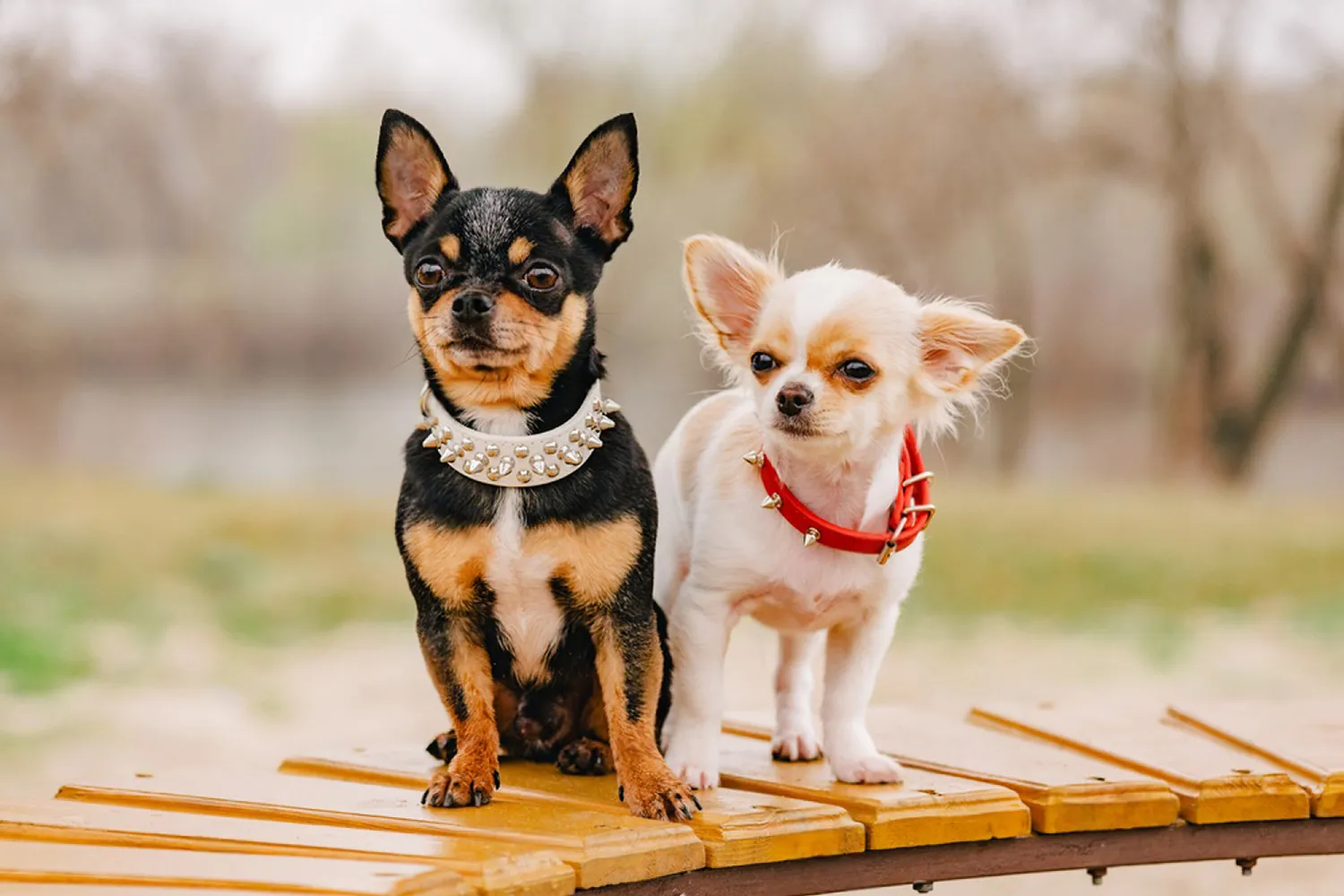
Who is a Chihuahua best for?
These pint sized charmers do best in homes where everyone understands just how delicate they are. I’ve seen sweet, well meaning toddlers squeeze a Chihuahua a bit too tightly, and even a gentle hug can be scary or painful for a tiny dog. If you’ve got young kids, you’d need constant supervision and firm rules about gentle hands, no picking up, and giving the dog a safe zone. I like to set up a little bed behind a baby gate so the dog can retreat when things get busy.
Big dog households can be tricky too. Even the friendliest large dog can accidentally roll a Chihuahua during zoomies. A friend of mine had a Great Dane and a Chi who coexisted happily, but only because she used baby gates, supervised play, and never let them roughhouse. If that sounds like more management than you want to take on, you’ll probably be happier with a different match.
Where Chihuahuas really shine is with adults or families with older, dog savvy kids who can be calm, gentle, and consistent. They’re great for apartment living, retirees, or work from home folks who want a loyal companion. They do need training and socialization these tiny dogs can have big opinions so short daily sessions and positive reinforcement are key. I remember fostering a little Chi named Pico who blossomed with five minute training bursts and a lot of praise; he went from barky to brave in a couple of weeks.
A few practical notes: use a harness instead of a collar to protect that delicate neck, add steps to the couch to save those tiny knees, and keep a sweater handy for chilly days. If you can provide love, patience, and a gentle routine, a Chihuahua can be the perfect pocket sized partner.
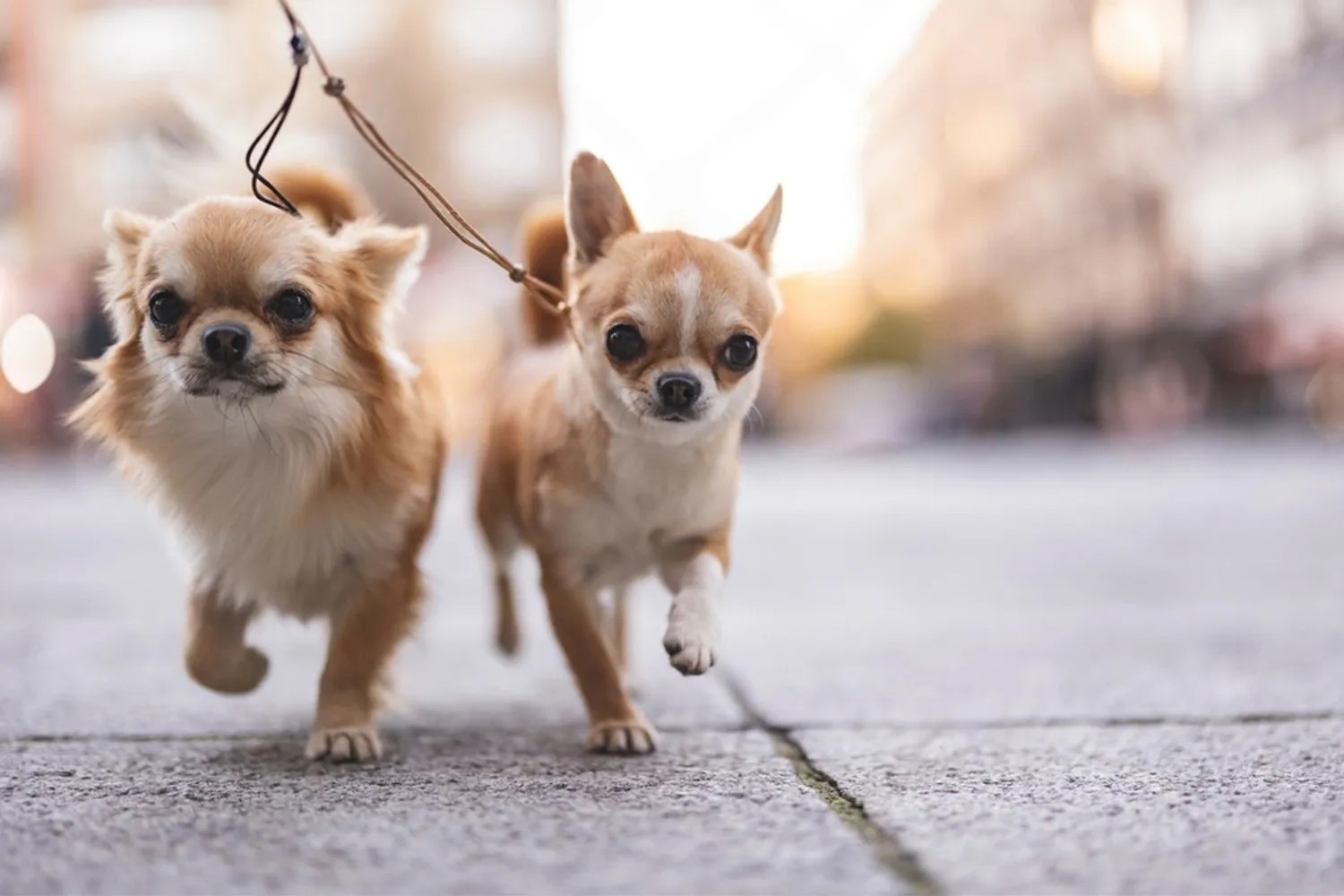
Chihuahua Grooming and Shedding
Whether your Chi wears a sleek short coat or a fluffy long one, the routine looks a little different but neither is hard once you get into a groove. Most Chihuahuas do well with the occasional bath to stay fresh; I usually wait until they’re actually dirty or every few weeks. Always detangle before you get them wet. Brushing out knots before a bath saves you both from a lot of frustration, and it keeps tangles from tightening into mats.
Short haired Chihuahuas are wonderfully low maintenance. A quick brush now and then think a gentle pass with a grooming mitt or soft bristle brush is enough to keep the coat healthy and shiny. I do a fast once a week swipe while we’re watching TV, and it keeps loose hair under control. Long haired Chihuahuas need a little more attention: plan for at least one thorough brushing session per week. Use a slicker or pin brush followed by a metal comb, paying extra attention to the “hot spots” for tangles behind the ears, under the armpits, around the tail, and where the harness rubs. A breeder I met in California swore by a light spritz of leave in conditioner to help the comb glide; I tried it and it really does prevent those fairy knots.
Don’t forget the little things that make a big difference. Check nails weekly and trim as needed if you hear clicking on the floor, it’s time. Teeth should get a weekly brushing too, and more often is even better for small breeds. I keep the toothbrush by the leash so I remember to do a quick scrub after evening walks. Peek at ears during your weekly once over and wipe them clean if needed.
As for shedding, both coat types shed year round, with a bit more during seasonal changes. The short coats tend to sprinkle tiny hairs on your clothes, while long coats often trap loose fur until you brush it out. A quick weekly groom keeps the tumbleweeds at bay. I keep a rubber glove and a lint roller by the door for fast de furring before guests arrive. And here’s a bonus tip: a balanced diet (with your vet’s guidance) and omega-3s can help keep that Chihuahua coat soft, glossy, and less prone to shedding. Keep sessions short, use treats, and make it a little spa date your Chi will learn to love the routine.
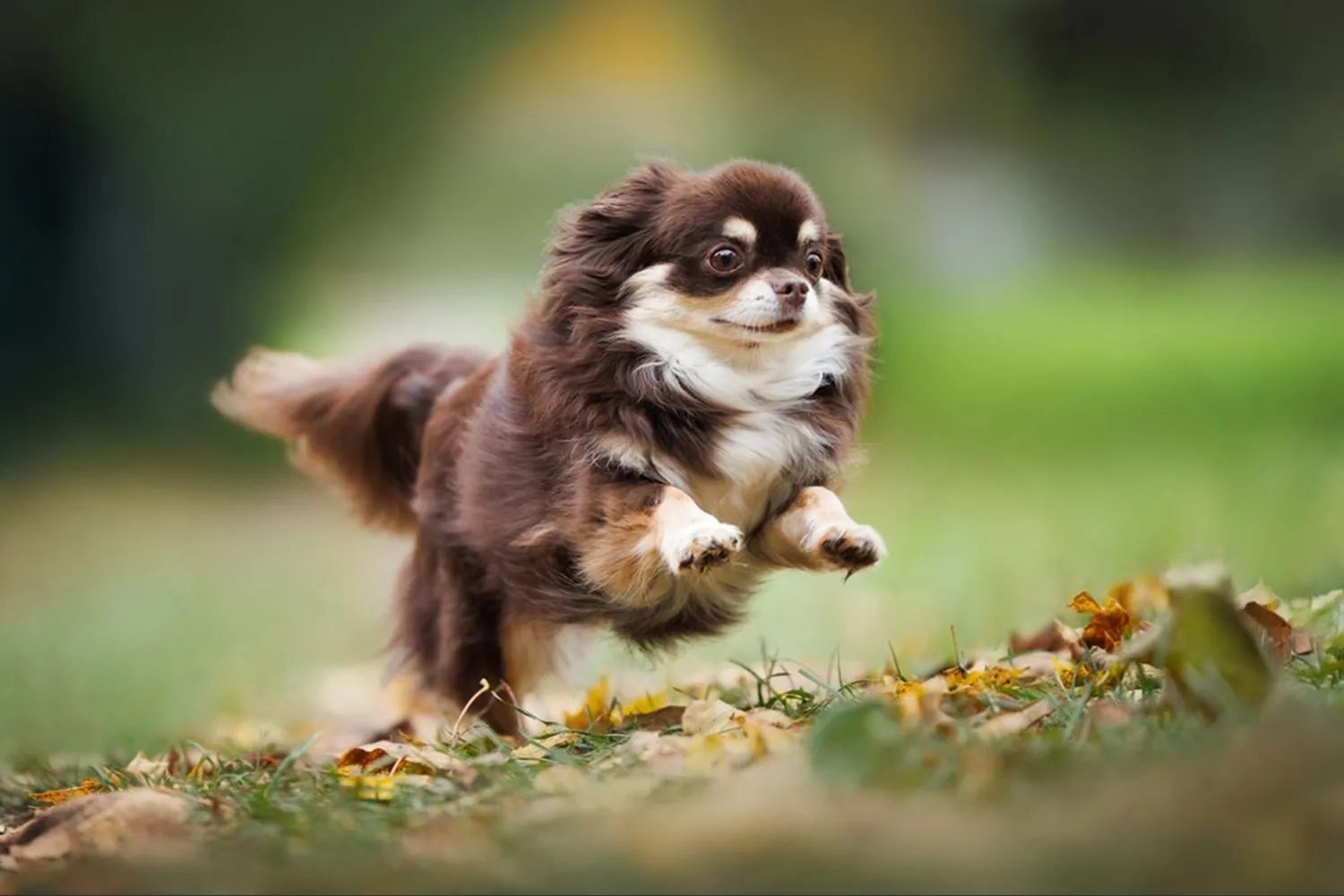
Do Chihuahuas Bark a Lot?
Short answer: often, yes! These tiny dynamos have big opinions and they’re not shy about sharing them. My first Chihuahua, Peanut, could spot a delivery truck from three houses away and announce it like breaking news. Like many small breeds, Chihuahuas can be quick to bark or even howl when they’re bored, overstimulated, or simply full of extra energy with nowhere to put it.
They’re also famously protective and a bit territorial. In their minds, the front door is their castle gate, and they are the brave little guards. That can mean barking at any “intruder” they don’t recognize sometimes even your friends and family until they’re properly introduced. If you share walls with neighbors, it’s worth planning ahead so you’re not apologizing every week.
A few things that help: give them jobs to do. Short training sessions, puzzle feeders, and sniffy walks work wonders for a busy Chihuahua brain. I like to practice a “thank you” cue at the window dog alerts, I say “thank you,” step in front of the view, and reward two seconds of quiet. Those two seconds turn into five, then ten. Also, manage the triggers: close curtains at high traffic times, play soft background noise, and greet guests calmly with treats ready. Socializing them early and often builds their confidence, and a tired Chihuahua is a quieter Chihuahua. One more tip from hard earned experience don’t yell over the barking. They think you’re joining in. Keep it calm, reward the silence, and celebrate the little wins.
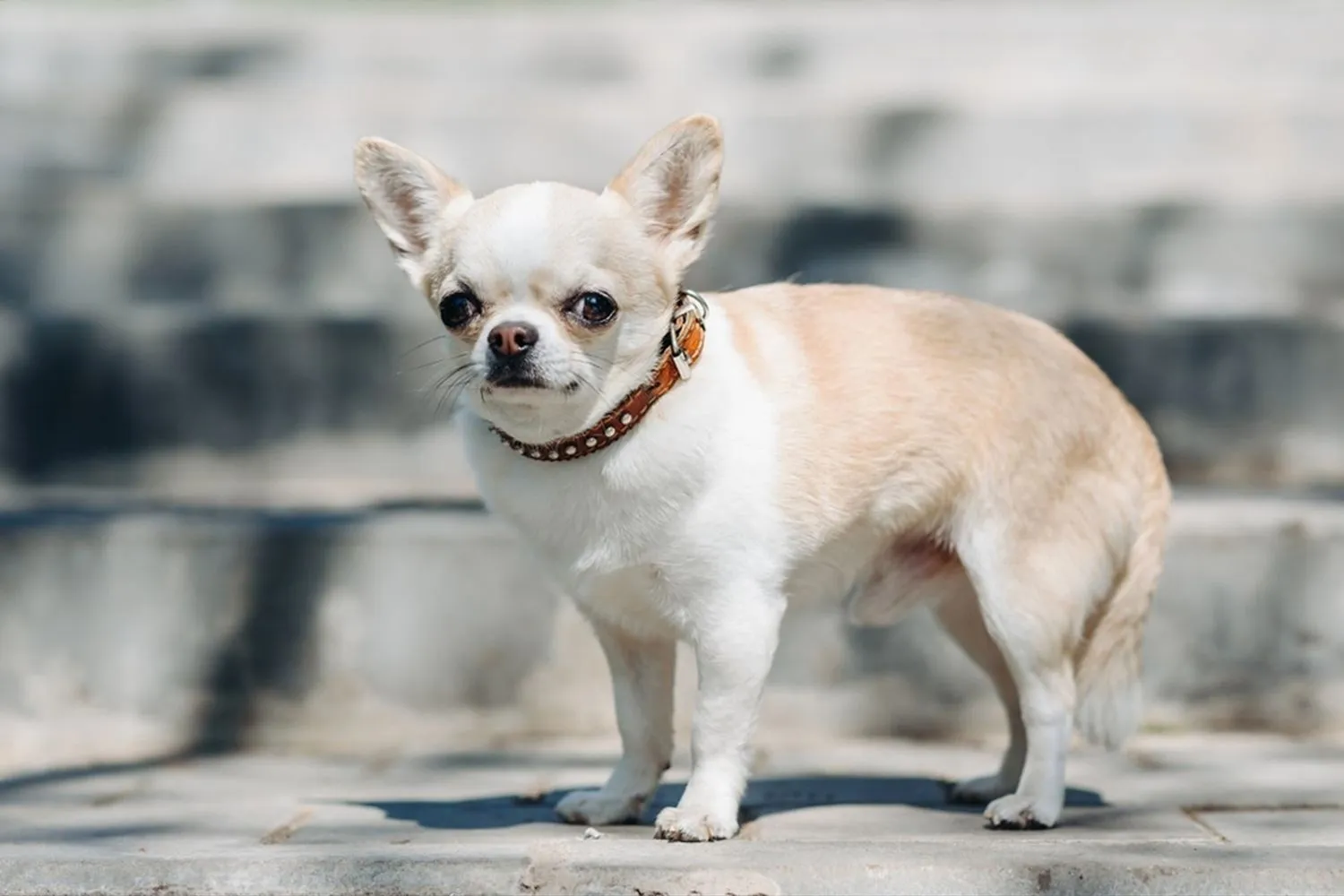
Average Weight & Height of a Chihuahua
Most adult Chihuahuas tip the scales between 3 and 6 lb, which is tiny enough to scoop up with one arm but big enough to fill a whole couch with personality. My friend’s Chi, Lulu, hovers around 4.5 lb and struts around like she’s in charge of the neighborhood. You’ll also see some sturdier Chihuahuas at 11 lb or more. Some are just bigger boned or come from larger lines, but if you’re unsure whether it’s frame or extra fluff, a quick body condition check with your vet is your best bet. On the flip side, the very tiny “teacup” sizes people advertise can be a red flag those extra small pups are often fragile and prone to health issues. https://en.wikipedia.org/wiki/Chihuahua_(dog_breed)
Height wise, most Chihuahuas stand somewhere around 3 to 9 inches at the shoulder. If you want to measure at home, have your Chi stand square on a hard floor and measure from the ground to the highest point of the shoulder. I like to focus less on the exact number and more on healthy proportions: you should be able to feel ribs under a light layer of padding and spot a little waist when you look from above. And here’s a practical tip from my own routine keep a soft, well fitted harness on hand; tiny bodies and delicate necks do best with gentle gear, especially on those enthusiastic “I saw a squirrel!” walks.
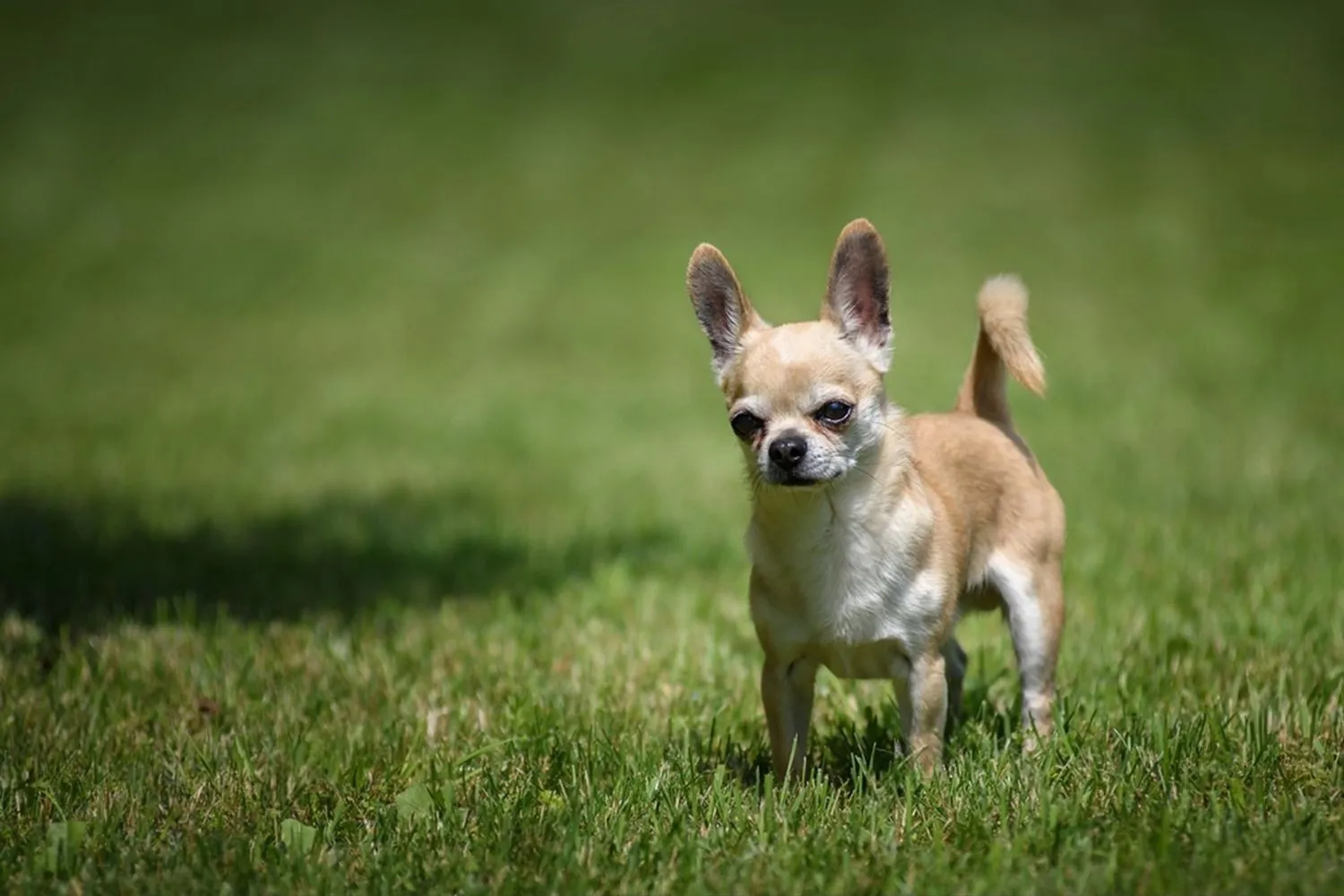
Are Chihuahuas Easy to Train?
A Chihuahua’s manners start with how they’re raised day to day. These little dogs are bright and observant, which is a blessing and a challenge they notice everything you do. Consistency is your best friend. Set simple house rules and stick to them, and your Chihuahua will catch on faster than you think. I like to keep sessions short and cheerful two or three minutes, a few times a day. My friend’s Chihuahua, Pico, learned “spin” in two afternoons just by earning tiny cheese crumbs and hearing a happy “yes!” at the right moment.
Early, thorough socialisation is the secret to a steady, friendly companion. Think small, positive introductions: meeting calm dogs from a safe distance, hearing the vacuum run while munching a treat, watching traffic from your lap, greeting people in hats and sunglasses. I used to keep a “bravery bag” of pea sized treats and reward any curious sniff or relaxed glance at something new. Over time, those little moments add up to a Chihuahua who takes the world in stride instead of bristling at every surprise.
Positive reinforcement is non negotiable with this breed. No shouting or scolding Chihuahuas are sensitive souls, and harsh reactions can make them wary or snappy. Reward what you want: quiet moments instead of barking, four paws on the floor instead of jumping, a sit for attention instead of pawing. If an unwanted behavior pops up, calmly redirect and pay big for the better choice. One time I tried to out stare a sassy Chihuahua into settling spoiler: he out stared me. A soft voice and a treat for lying down worked in seconds.
A couple of practical tips: use teeny treats (their stomachs are tiny), a clicker or a cheerful marker word to pinpoint good choices, and a cozy crate or bed as a safe retreat. Keep expectations clear, celebrate small wins, and you’ll find that while Chihuahuas can be a tad opinionated, they’re absolutely trainable and wonderfully eager when learning is fun.
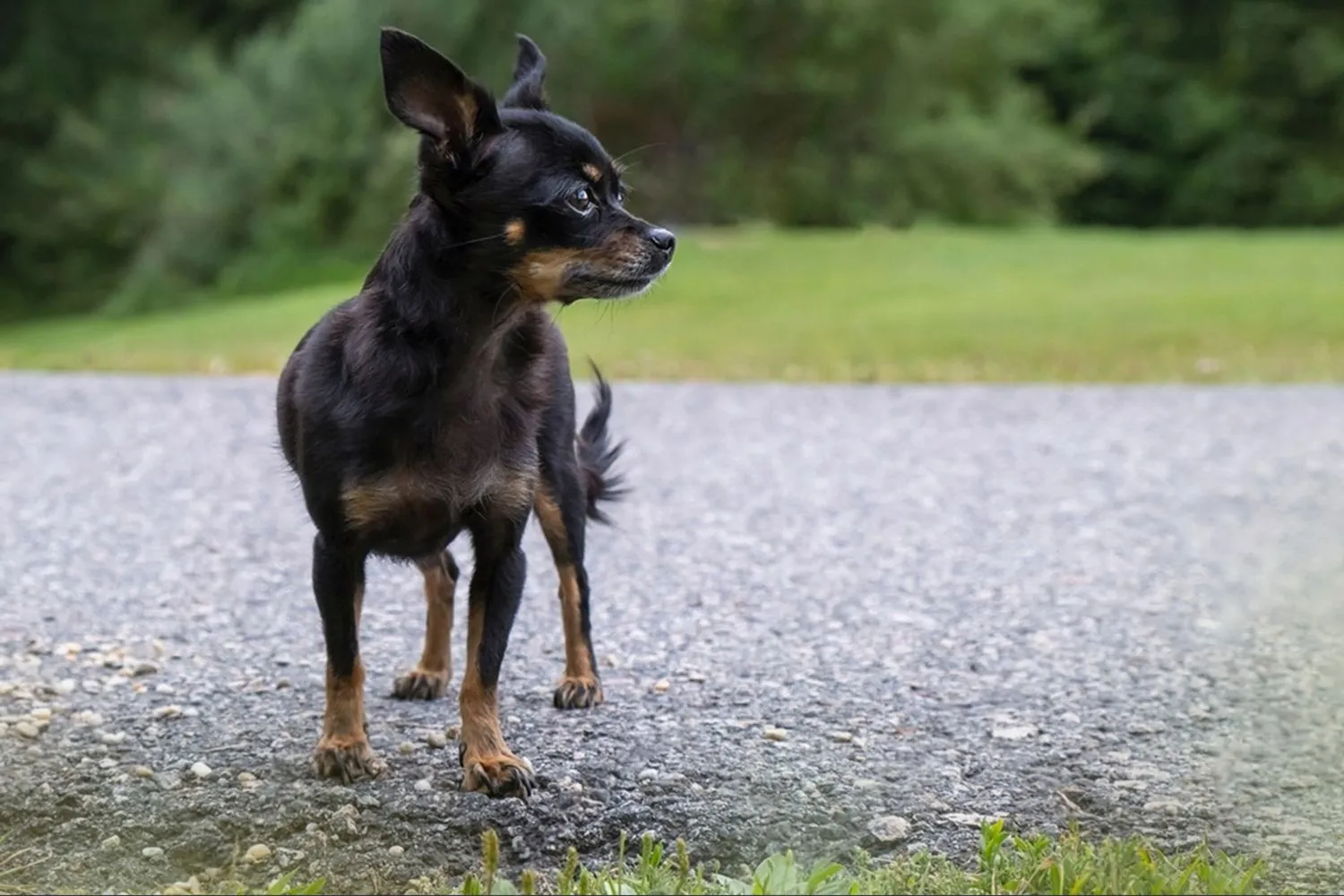
How Do Chihuahuas Behave? A Look at Their Temperament and Personality
Chihuahuas are classic companion dogs through and through velcro pups who want to be where you are, preferably tucked under your arm or curled into your lap. They’re famously loyal and adore attention, and yes, that little sassy streak is real. I used to joke that my neighbor’s Chihuahua ran the household from atop a pile of throw pillows. They’re tiny, but their personalities are full sized: bright, expressive, and surprisingly confident when they feel safe.
Many Chihuahuas choose a “person” and bond deeply, following them from room to room like a tiny shadow. That said, with proper introductions they’re usually happy to make new friends. I like to let newcomers offer a hand to sniff while sitting low and sideways no looming over, no scooping up right away. A few treats and a calm voice go a long way. If they seem unsure, that’s okay; they can be reserved at first, especially if they weren’t socialized much as puppies.
Early socialization makes a huge difference. Short, positive experiences meeting gentle people, hearing new sounds, visiting quiet parks help build confidence. I always reward calm curiosity and avoid over coddling when they’re nervous; instead, I let them approach in their own time. Many Chihuahuas are quick to “sound the alarm,” so teaching a “quiet” cue and giving them a spot to retreat to (a cozy bed or snuggle sack) helps. Keep training sessions brief and upbeat. They love using their brains and respond well to praise and tiny treats.
Bottom line: expect a devoted little companion with a lively personality, a bit of diva charm, and a heart that’s much bigger than their size. Nurture their confidence early, introduce them thoughtfully, and you’ll have a cheerful sidekick who’s happy to welcome your world into theirs.
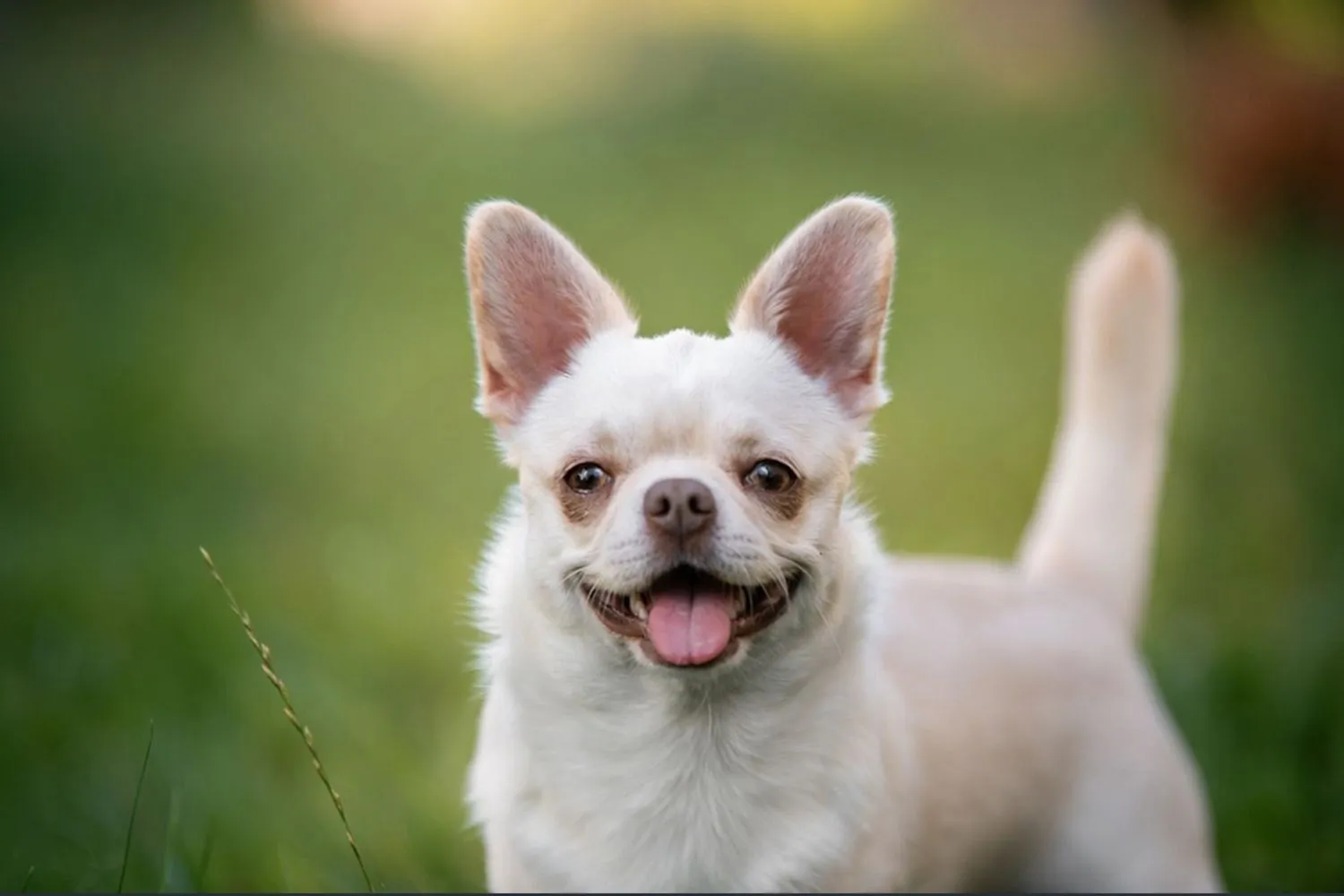
Do Chihuahuas Have Common Health Issues?
Short answer: some do, mostly because they’re such tiny, delicate dogs. But with a little know how and a good vet partnership, you can stay ahead of most of it. I always tell new Chi parents to watch for a few specific things. Patellar luxation (that’s a kneecap that slips out of place) can make a Chihuahua skip a step or do a quick “bunny hop.” One of my friend’s Chis started doing that after leaping off the couch like a superhero. We added a ramp, trimmed nails regularly, kept her at a healthy weight, and stuck to gentle walks instead of high impact zoomies her comfort improved a ton.
Hypoglycemia is another big one for tiny pups low blood sugar can cause wobbliness, sleepiness, or even a little collapse. When my Chi was a baby, I fed small, frequent meals and kept a tiny snack in my pocket on longer outings. If your pup ever looks weak or shaky, a quick call to your vet is best. Some owners keep a dab of a vet approved glucose gel handy, but it’s always smart to check with your vet first. Heart murmurs can pop up too; sometimes they’re mild, sometimes they need treatment. Regular vet checks will catch them early. Watch for signs like getting tired quickly, coughing, or breathing harder than usual.
Collapsed trachea is another Chihuahua classic think a honking cough, especially when excited or pulling on a collar. I switched to a soft harness years ago and never looked back; it takes pressure off the neck. Keeping them calm during high excitement, avoiding smoke or harsh aerosols, and managing weight can help keep their breathing happier.
Not every Chihuahua will face these issues, but being aware makes you a better advocate. When you’re searching for a puppy, choose an ethical breeder who welcomes your questions. Ask about the parents’ health history, any patella and heart checks, and request a record of vaccinations and deworming. A reputable breeder will have your pup seen by a vet and send you home with paperwork and care instructions. And if you’re adopting, ask the rescue what they’ve noticed medically and what follow-up care they recommend. A little preparation goes a long way with these tiny charmers.
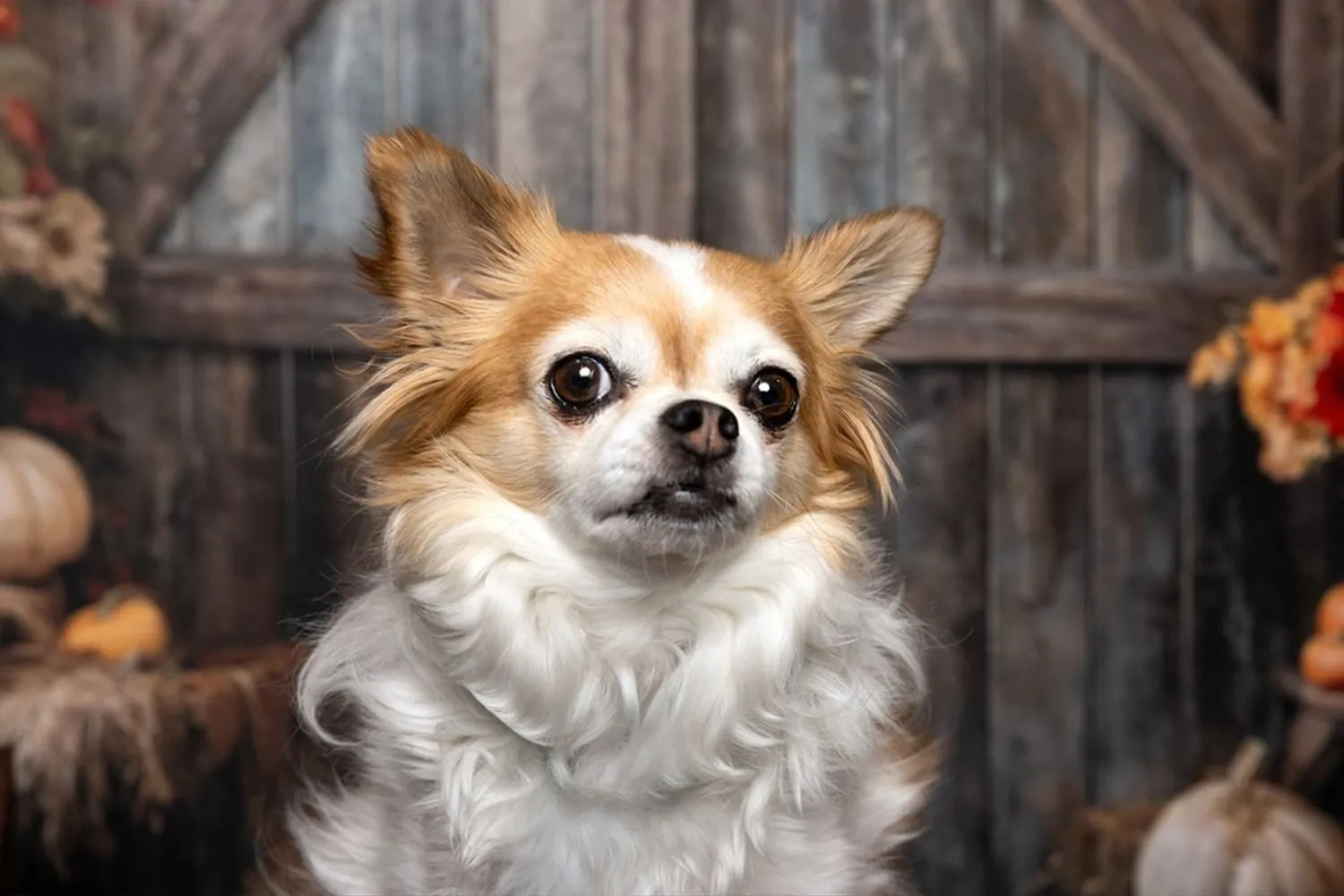
How Long Do Chihuahuas Live?
For such tiny dogs, Chihuahuas pack an impressive number of years into their lives. On average, you can expect around 14 years, and with good care, many happily creep into their mid to late teens. The record holder was a little legend named Megabyte, who made it to a remarkable 20 years in 2014. I’ll never forget my neighbor’s Chihuahua, Peanut, who celebrated her 17th birthday with a tiny “cupcake” made of shredded chicken. She was gray around the muzzle, still bossy, and absolutely living her best life.
If you want your Chi to age like a superstar, focus on the basics done well. Regular vet checkups catch little issues before they become big ones twice a year is smart once they’re seniors. Keep them lean; a couple of extra ounces on such a small frame can stress their joints and heart. Gentle daily exercise and short walks keep them fit, and a cozy sweater on chilly days helps too. Chihuahuas are notorious for dental drama, so brush those tiny teeth, offer safe chews, and don’t skip professional cleanings when your vet recommends them.
A few extra tips from experience: use a harness instead of a collar to protect their delicate trachea, add ramps or steps to the couch to spare those little knees, and keep their minds busy with simple training and puzzle toys. As they age, adjust their diet, make bedtime extra comfy, and keep routines predictable. With consistent care and plenty of love, your Chihuahua can share many, many happy years right by your side.
How Much Should You Feed a Chihuahua?
Most Chihuahuas do well on about half a cup of dry food per day, but that’s just a starting point. Tiny bodies come with tiny stomachs, and needs vary with age, activity level, and overall size. A sprightly little walker may need a bit more; a couch cuddler may need less. I like to split that daily amount into two or three small meals to keep their energy steady and tummies happy. If you’re unsure where your pup falls, a quick chat with your vet can help you tailor the amount and choose the right formula. Puppies often need more frequent meals, while seniors might do better with slightly smaller portions.
Pick a high-quality, small bite kibble made for toy breeds so it’s easy to crunch and doesn’t overwhelm their jaws. I sometimes add a spoonful of warm water or a bit of vet approved topper to entice picky eaters. Treats count too those tiny training bites add up fast. I keep a little “treat budget” each day and measure it out so I’m not guessing.
Because Chihuahuas are so small, extra ounces show up quickly. Watch that waistline from above, and do a gentle rib check you should feel ribs without pressing hard. I learned the hard way with my first Chi that free feeding leads to plumpness; measured meals and a puzzle feeder made a big difference. My neighbor’s Chihuahua, Peanut, dropped a pound just by switching to scheduled portions and shorter, more frequent walks.
Dental care is a big deal for this breed. Their small jaws can mean crowded teeth, which invites plaque. Offer a diet that encourages chewing and use vet approved dental chews to help reduce buildup. I brush my dog’s teeth a few times a week short sessions with lots of praise and it’s paid off. Even with good home care, many Chihuahuas will need professional cleanings and, sometimes, extractions to keep their mouths comfortable and healthy. Your vet can guide you on timing and any special dental diets.
Chihuahua FAQs: Real Life Tips and Truths
Are Chihuahuas protective of their owners?
Absolutely. Many Chihuahuas act like pint sized bodyguards, and it’s kind of adorable until it tips into overprotective barking or snapping. My aunt’s Chihuahua, Luna, once planted herself between me and a delivery driver with the seriousness of a Secret Service agent. Cute, but not exactly the welcome we wanted. The key is to channel that devotion early. Socialise your Chihuahua as much as possible when they’re a puppy: safe, positive exposure to different people, dogs, sounds, and places. I like to bring treats on short “confidence walks” to reward calm behavior around new things. Teach a few calming cues too “go to your mat,” “settle,” and a reliable “quiet” after one alert bark. Practice polite hellos with friends who can ignore the pup until paws are on the floor. When your Chi chooses calm, pay like a slot machine: praise, treats, and a little party. That way, they learn they don’t have to be on duty 24/7.
How intelligent are Chihuahua dogs compared with other dogs?
Chihuahuas are famously sassy and surprisingly clever in their own way. Fun fact: they have the largest brain to body ratio of any breed. Still, on classic obedience rankings, they don’t score as high as breeds like Border Collies or German Shepherds. A lot of that comes down to stubbornness and a strong self preservation streak they like to think for themselves. My neighbor’s Chi will do a perfect sit indoors and suddenly “forget” what the word means if the grass is wet. The trick is to work with their style. Keep training sessions short and fun, use tiny high value treats, and end on a win. Teach practical, confidence building skills like touch (nose to hand), spin, and settle on a mat. I also swear by scent games and puzzle toys; they flex that big brain without starting a battle of wills. Be patient and consistent, and you’ll be amazed what they’ll learn when they decide it’s worth their while.
I’ve heard that small dogs sometimes can have an attitude, is this true?
It can be, especially if we let “cute” excuse bad manners. I made that mistake once laughed at a puppy growl because it seemed harmless. Two weeks later he was guarding the sofa like a dragon. We reset the rules with firm but kind boundaries: no attention for jumping or rude behavior, and a default sit for all the good stuff meals, doors, cuddles. Chihuahuas thrive with clear expectations, plenty of gentle handling, and calm exposure to everyday life. If your Chi gets overwhelmed, give them space rather than scooping them up every time; distance and a breather teach them they’re safe without rewarding fuss. And remember, small doesn’t mean fragile in the training department be fair, be consistent, and celebrate the good choices you see.
Where’s the best place to look for a Chihuahua puppy?
The internet is convenient, but it’s also a playground for scammers. Start with personal recommendations, breed clubs, or local vets who know reputable breeders. When you find a prospect, do your homework. Ask about how the puppies are raised and socialised in the home, and meet the mother if possible. A quality breeder will be transparent about health testing, happy to answer questions, and just as curious about you they want a great match, not a quick sale. I like to visit, check that the space is clean, pups are curious and handled kindly, and paperwork is in order. Red flags for me: multiple litters always available, no meeting the dam, pressure to pay cash immediately, or a breeder who won’t talk health or temperament. Trust your gut if something feels off, walk away. And don’t overlook rescues and shelters; many wonderful Chihuahuas are waiting for a second chance, and the right one might already be out there wagging for you.
Disclaimer:
This article is for informational purposes only and doesn’t replace professional veterinary or training advice. Always consult a certified vet or dog trainer for guidance specific to your pup.
